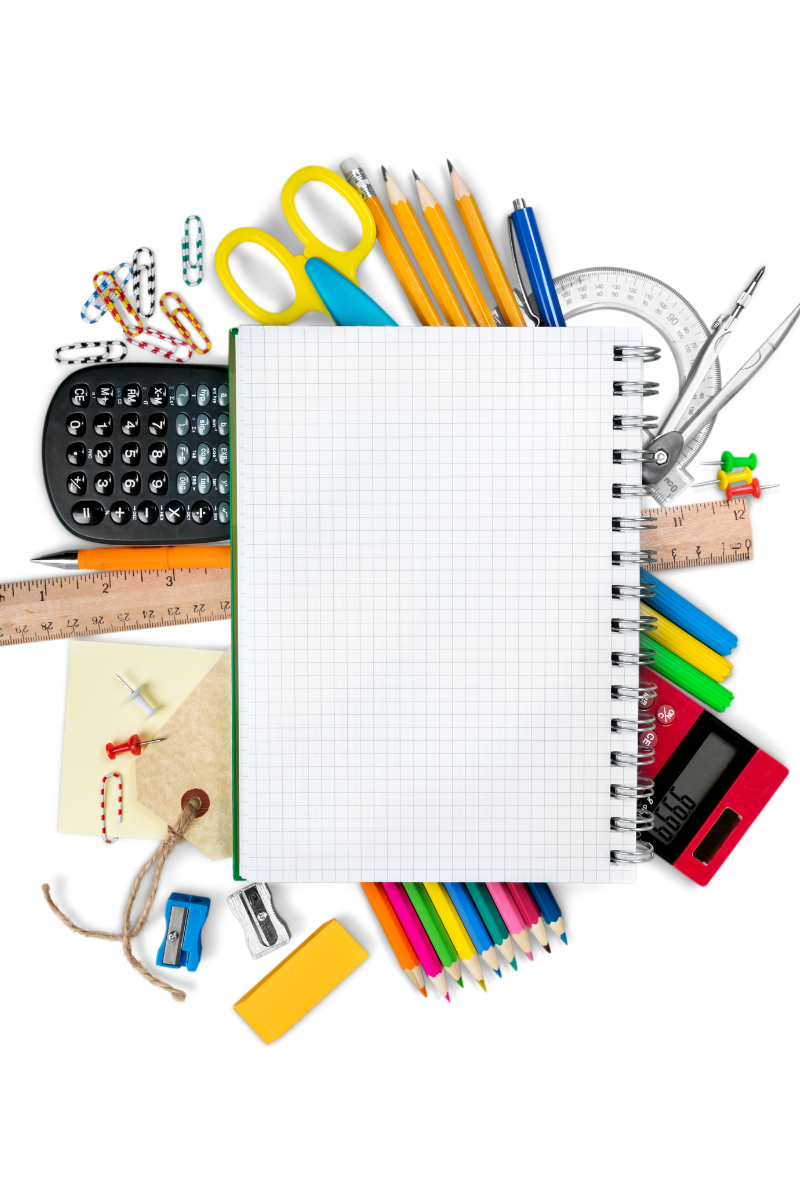
Tips for Teaching Attention

Hugs and Bubbles
Want to get your students attention? Try Hugs and Bubbles. Teach your students that whenever they hear Hugs and Bubbles, they are to give themselves a big hug and puff out their cheeks with air as if they have bubbles in their mouth. If they are making bubbles, they can’t talk and if they are hugging themselves they are keeping their hands to themselves.
The Power of Language in Regulating Attention
When young children are learning something new they often think out loud to help them learn a task. As they mature, this private speech does not always get internalized. One way to help children stay focused is to teach them how to (think) talk to themselves to stay focused. Jane M. Healy, Ph.D., a teacher and educational psychologist, tells this story:
I remember one impulsive eight-year-old who could not remember to bring both book and pencil to the reading table. Every day the teacher said to her, “Tell me what you will need. Now ask yourself, ‘Do I have my pencil? My book?'” She thought this was a wonderful game, and soon we only had to say, “Have you asked yourself the question?” Eventually, Daneesha was able to do it herself. Now a sophisticated preteen, she sidled up to me in the hall not long ago with a big grin on her face. “You know,” she said, “I still ask myself the question.”
Source: Your Child’s Growing Mind by Jane M. Healy
Countoons
When my kids were little, we used something called Countoons as a visual way to see when they were behaving as expected and when they were not. A sample Countoon is pictured below and is available for download. On the left side is the behavior you want, and the right side is the behavior you want to correct. The picture started out as cartoons, but I couldn’t always find a cartoon of what I wanted to depict so any picture will do. Anytime they behave correctly they can mark off a smile face and anytime they don’t a frown face gets marked. The hope is that they complete the smile side before the frown side. Sometimes there were external rewards and consequences for filling one side or the other. I also tried to point out other rewards such as finishing homework means not missing recess. Gradually, we would reduce the number of frown faces so that the correct behavior was exhibited most of the time. For more information visit: http://www.casenex.com/casenex/cecReadings/usingCountoons.pdf
Wake Up!
Part of staying focused is learning to recognize when you have lost your focus and bring yourself back. Frank Logan, at The University of New Mexico, in a document titled “College Learning: Whys and Hows” discussed attention in college students in an effort to help them with their studies. He proposes that selective attention is a learnable response. Help students identify what they are doing when they recognize that their attention has wandered. Are they looking out the window or fidgeting with a pencil. If it is their hands getting them into trouble, perhaps sitting with their hands folded will help them to stay attentive.
For more information on Logan’s discussion on attention visit:
www.unm.edu/~quadl/college_learning/attention.html